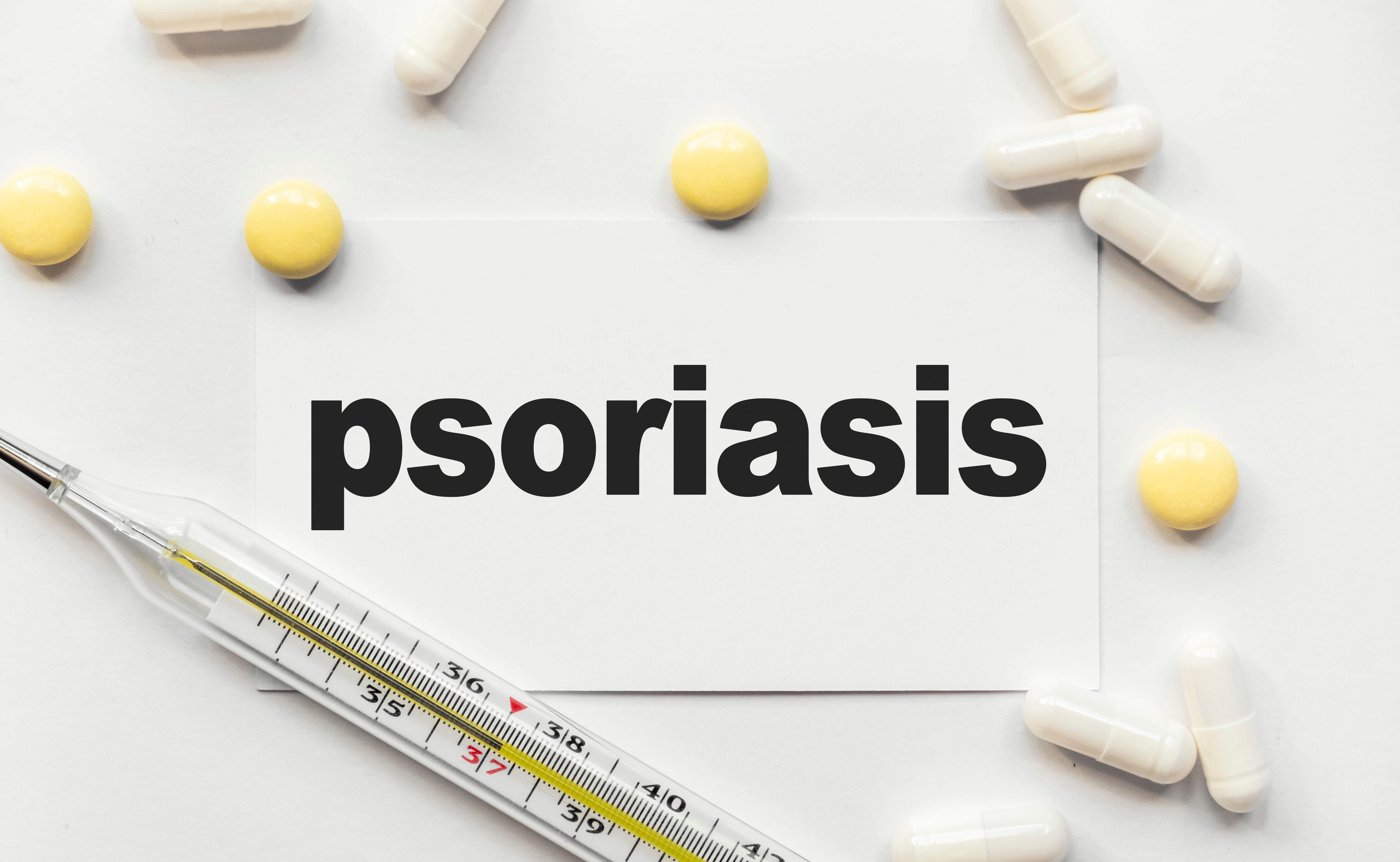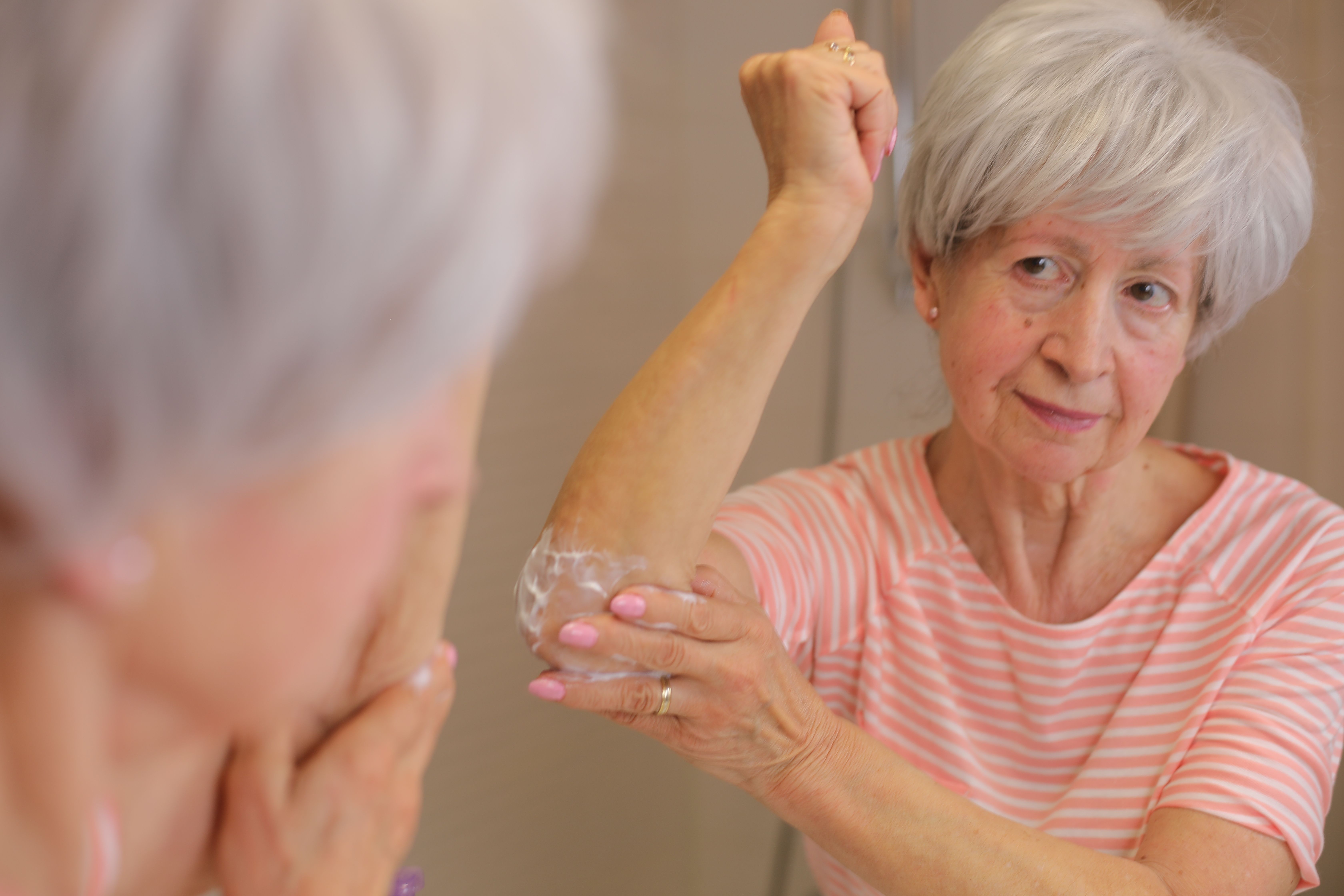Article
Low Fitness in Young Adults May Increase Risk of Psoriasis Later in Life
Author(s):
Low cardiorespiratory fitness among young adult men was significantly associated with an increased risk of psoriasis and psoriatic arthritis over 3 decades.
Young adult men with low cardiorespiratory fitness may be at greater risk of psoriasis and psoriatic arthritis later in life, according to study findings published in PLoS One.
As a chronic immune-mediated disease of the skin, psoriasis has been identified as a multisystem condition associated with various comorbidities, including cardiovascular disease and Alzheimer disease. Notably, past research has indicated that low levels of physical activity may serve as a risk factor for some autoimmune diseases, including psoriasis, with another study indicating that high levels of physical activity decreases risk of incident psoriasis in women.
Although not the same as physical activity or exercise, the researchers sought to explore the link between psoriasis and cardiorespiratory fitness, which is the overall capacity of the respiratory and cardiovascular system to perform continuous aerobic activity over a longer time period.
“Levels of cardiorespiratory fitness are, to a limited extent, related to the amount and intensity of physical activity, but are in large part determined by other factors, including heredity, which is considered to account for 45% to 50% of the response to physical activity,” explained the study authors.
Specifically investigating whether low levels of cardiorespiratory fitness in late adolescence may increase the risk of psoriasis and psoriatic arthritis later in life, they derived data from the Swedish Military Service Conscription Register on a cohort of Swedish men in compulsory military service between 1968 and 2005 (N = 1,228,562; mean [SD] age at baseline, 18.3 [0.7] years).
Participants were followed for a median 31 years (range, 0-48 years), with cardiorespiratory fitness at baseline, estimated by maximum capacity cycle ergometer testing at conscription, evaluated through a fitness test on an exercise bicycle. They were then divided into 3 groups based on cardiorespiratory fitness: high (n = 518,792), medium (n = 661,622), and low (n = 48,148).
Among the study cohort, 20,679 cases of incident psoriasis and 6133 cases of incident psoriatic arthritis were identified after follow-up, in which 3516 individuals had co-occurence of both conditions.
Based on cardiorespiratory fitness, the low-fitness group had a 2.5% prevalence of one or both diseases, with the high-fitness group exhibiting a 1.7% prevalence. Compared with the high-fitness group, participants of the low-fitness group were at 35% greater risk for psoriasis (HR, 1.35; 95% CI, 1.26-1.44) and 44% greater risk for psoriatic arthritis (HR, 1.44; 95% CI, 1.28-1.63).
"Low fitness was already known to boost the risk of incurring cardiovascular disease, and psoriasis as such is linked to raised cardiovascular disease risk, too. The results from our study confirm the reasons for assessing people's fitness early in life, to identify individuals at a higher risk for adverse health outcomes later in life," said the study's first author Marta Laskowski, a doctoral student in dermatology at the University of Gothenburg and resident physician at Sahlgrenska University Hospital, in a statement.
Several limitations to the study were noted, including the lack of smoking data and exercise trends during the intervening years.
"We show that there's an association between lower fitness and raised risk of developing psoriasis and psoriatic arthritis, but we don't show a causal connection. So, we can't say that these health conditions can be prevented by exercising," said Laskowski.
Reference
Laskowski M, Schiöler L, Gustafsson H, Wennberg AM, Åberg M, Torén K. Cardiorespiratory fitness in late adolescence and long-term risk of psoriasis and psoriatic arthritis among Swedish men. PLoS One. Published online January 11, 2021. doi:10.1371/journal.pone.0243348




